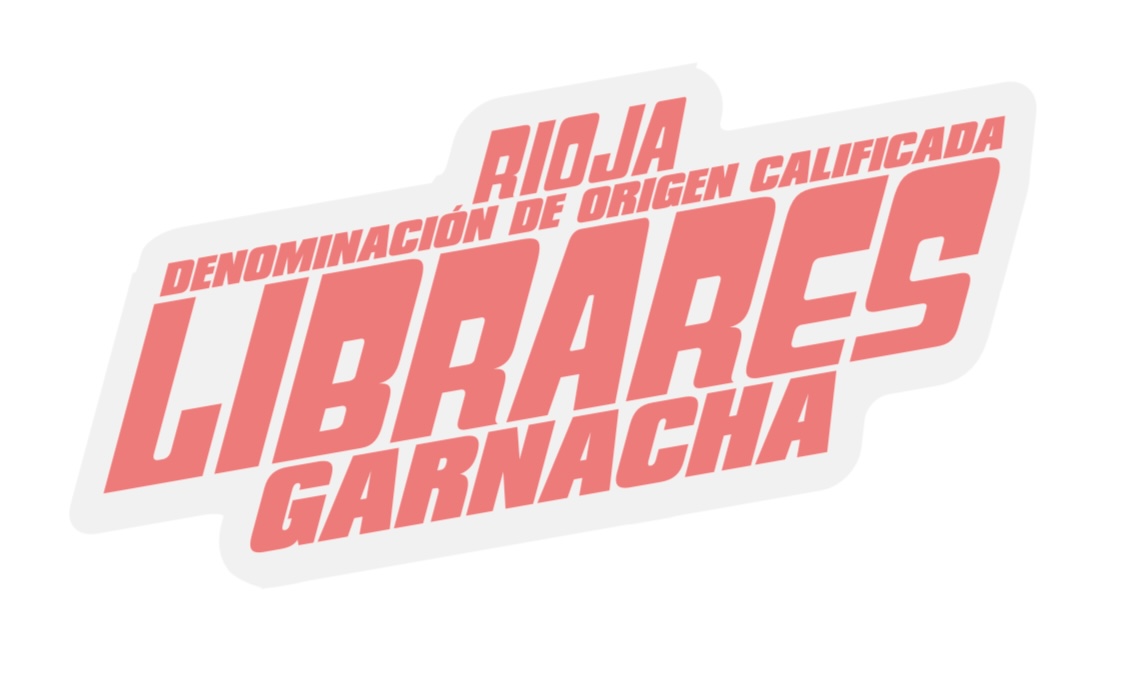Señorío de Librares
About
Neither of the two sisters is formally trained in winemaking. The elder, Patricia, works in fashion and design in London, while Clara studied business in Madrid and trained as a sommelier. The two were instrumental in convincing their father to begin organic conversion in 2014, and in 2019 the pair formally began their project. Patricia is in charge of selling wine and developing the business, and Clara works with her father, Felipe, to make the wines and run the winery. “The best way to learn is by doing,” she tells us. “We still need him for a little while.” That said, she’s not afraid to call the shots, pushing the wines towards their palates – they like “wines that explode our minds,” referencing Austrian whites, the work of Can Sumoi in Catalonia, and the cutting edge scene of London wine bars. There’s not as much daylight between the generations as you’d imagine – the family has long been proponents of traditional agricultural practices, most notably following the lunar calendar – the name of the estate, Librares, references the harvest moon and the moon when the first wines are ready to drink, and Clara informs us that their father only schedules haircuts based off of the lunar cycle. Under the sister’s care and in partnership with their dad, the family has begun to bottle a third of their production, and hope to eventually have uses for all 50 hectares in the future.
The holdings of the Espinosa family are entirely in Rioja Oriental, formerly known as Rioja Baja. Located in the east of Rioja, the sub-region is a bit of a grab-bag, comprising both the warmest and the coldest sites in the DO at wildly varying altitudes. These disparate sites are knit together by a skein of rivers which moderate and irrigate the deep clay soils and leave alluvial stones strewn about. In general, what the region can promise in a good vintage is long development cycles, phenolic ripeness and slightly lower alcohol levels. Senorio de Librares has vineyards throughout the subregion, which allows them to take advantage of all the diversity of terroir with their own estate fruit. Their highest vineyards, at 600m with north-facing slopes and steep alluvial soil, are devoted to Viura. The reds- Tempranillo, Garnacha, Graciano and Mazuello, come from poor and rocky soils on the slopes of Sierra la Haz and from the clay and limestone soils surrounding the winery in Villar De Arnedo at about 500m up.
Clara’s cellar work is “very modern but traditional all the same.” Key to their winemaking, they tell us, is the massive hand-poured concrete winery their grandfather built in the 1980s. Patricia calls it a “bunker,” and jokes about how many wineries are spending money on concrete eggs when their whole facility is a concrete egg. All fermentations begin in concrete tanks at the estate, which allows for oxygen interaction and helps to develop structure and longevity. Of course, it’s all spontaneous, a rarity among their neighbors and the DO at large. Clara favors ample usage of both cold maceration for the reds and short skin contact for the whites to build stability and coax out juicy notes. While there is some wood at the domaine – it is Rioja after all – the two are strict at limiting it. You might notice a smidge on the delicious Garnacha the pair are releasing this fall, but you’d be hard pressed to find anything that feels even approaching oaky or cigar boxy.
Uniformly, the wines from the estate are bright, joyful and fun, which is, historically, not three adjectives that spring to mind from Rioja. Senorio de Librares makes the case, however, that they absolutely should, without sacrificing any of the sophistication or complexity that is the hallmark of the DO. These wines aren’t stodgy investment pieces, nor are they candy-colored glou-glou, but instead, a difficult-to-achieve third thing – rigorously made fun wines that don’t feel too precious to crack into quickly. These are wines of Rioja that nevertheless are not solely defined by the Rioja Industrial Complex, zigging and zagging and laughing all the way to your glass and beyond.
Products

Rioja Blanco
Organic. 100% Viura, from the highest and coolest vineyards Senorio de Librares farms, at around 600m in elevation with a Northern exposure. Harvested early in the season and given 24 hours skin contact before pressing. Elevage in concrete, lightly filtered w/ small dose SO2 added at bottling.

Rioja Rosado
Organic. 50% Tempranillo 50% Garnacha. Sourced from El Cerro, a vineyard in Tudelilla district at 550m in altitude and from the slopes of Sierra la Haz with strong Atlantic influences. The grapes are destemmed and given 24 hours of skin contact before being bled off into concrete tanks. Elevage in concrete, lightly filtered w/ small dose SO2 added at bottling.

Rioja Joven 'El Marujo'
Organic. 100% Tempranillo. From the vineyards surrounding the winery in the heart of Villar de Arnedo on clay and limestone soils. The harvest is destemmed, lightly crushed and cold macerated and then spontaneously fermented in thick concrete tanks at around 25 degrees celsius for two weeks, then pressed and and raised in concrete tanks for six months. Lightly filtered with a small dose of SO2 at bottling.

Rioja Garnacha
Organic. 100% Garnacha, from vineyards located in Teudelilla, 500m above sea level at the foot of Sierra la Hez. Spontaneously fermented in stainless steel, with 1/2 raised in used French and American oak and with 1/2 raised in concrete. Blended, lightly filtered and sulfited at bottling.





